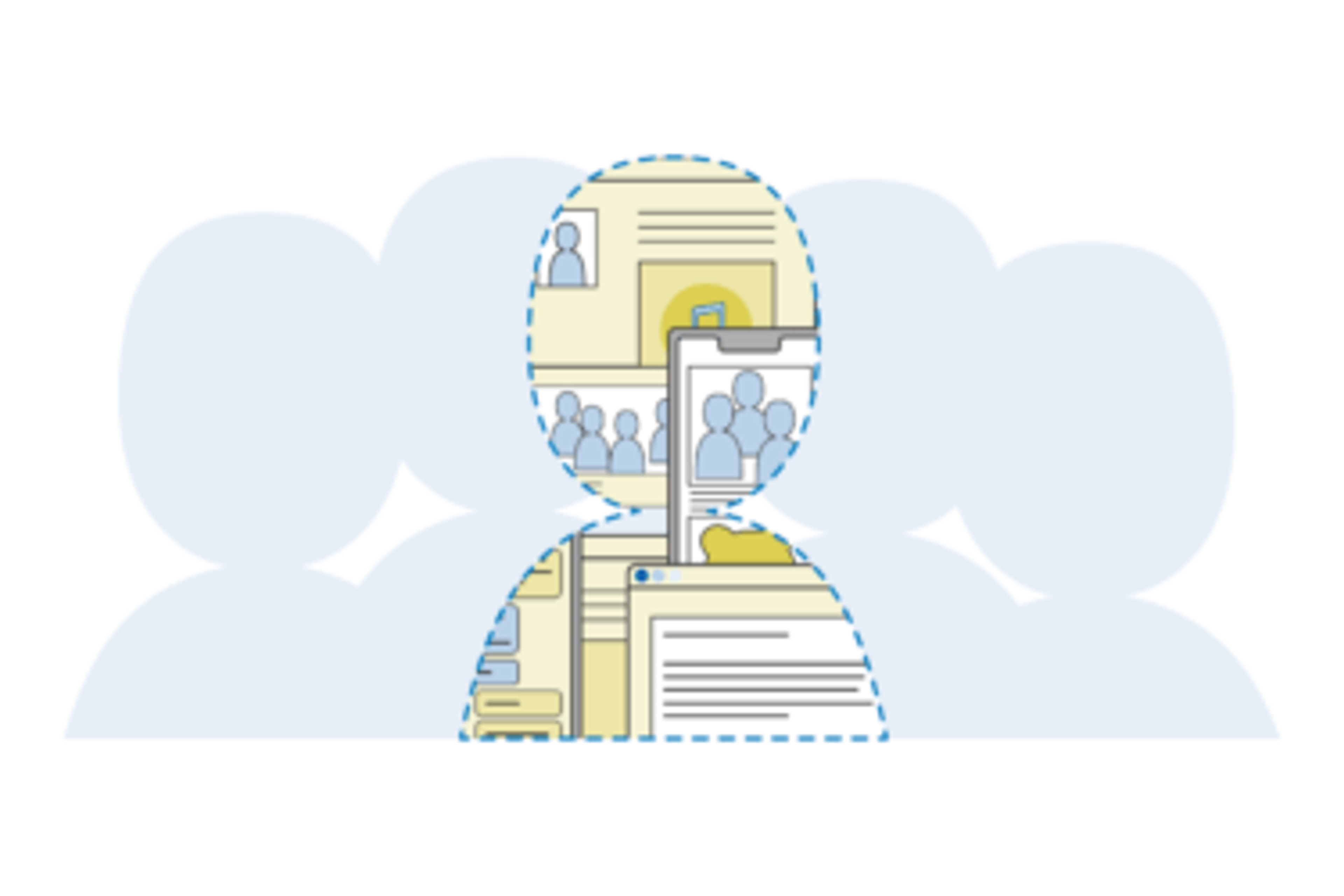Web 3

Web 1 was the original Internet, with independent websites linked to each other. This period was characterised by one-way traffic; information flowed only from the website to the user.
Web 2 encompasses the period in which users no longer simply consumed content, but also began to produce it themselves. It is also called the 'social Internet', where people can contribute in person. During this period, a series of powerful social media platforms emerged, which in 2022 are still leading the way in this field.
The power of these platforms lies in the huge amount of information that users leave on them. This is not only substantive contributions, but also personal data and derived patterns and behaviours. Together, all this information serves as a major source of revenue and influence, for example, in order to get users to participate intensively in the social network.
For users, these underlying dynamics are usually completely unclear. Without realising it, they are handing over their personal information, transferring valuable content to a third party, and thus being directly or indirectly guided in their behaviour.
With the advent of Web 3, that should change. Web 3 stands for read, write, AND own. Every time someone contributes something, value is created. Instead of this value flowing to a technological giant, we see the emergence of an Internet flying the flag of Web 3, in which the user directly owns this value, for example in the form of a crypto asset.
This principle was beautifully described back in 2014 by Jaron Lanier in his book Who Owns the Future. Ultimately, this development should allow the Internet as we know it today to enter a new era, in which power over data and assets is largely returned to the user.
Currently, Web 3 is still in its infancy. Several new technologies are involved in its creation, each with its own level of maturity. Several parties are working on the necessary building blocks. For instance, Microsoft has ventured into the world of decentralised identities, several companies in the crypto sector are working on digital assets, and there are startups exploring ways to decentralise data storage.

